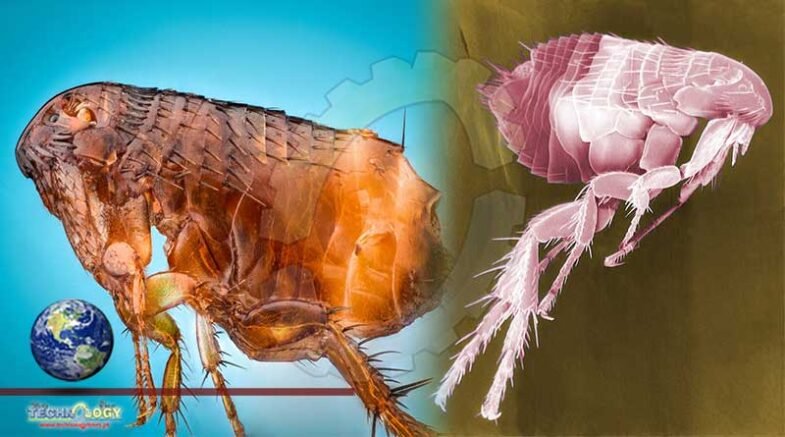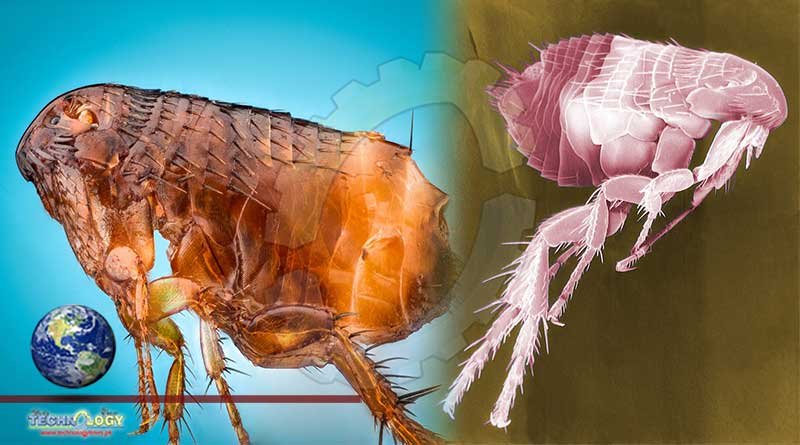The researchers found out the seven rare species of scorpionfly, called nannochoristidae. They call it the ‘sisters of all the fleas’.

Fleas have been involved in epidemics and plagues throughout the world’s history. It is a parasite for both pets and humans. The most common type of fleas is the cat flea or scientifically known as Ctenocephalides felis. According to Purdue University, knowing the biology of fleas will help people make informed decisions about the health risks fleas can bring to them and their pets.
For example, paleoentomologist Erik Tihelka who studies insects preserved as fossils at the University of Bristol and his colleagues thought to investigate the origins of fleas or how they fit into the tree of life. Learning their taxonomy would help them accurately classify them.
“For 200 years people have been studying insects, and we understood their evolutionary groups,” Tihelka said. However, that did not include fleas. “People suggested they were close to beetles, or close to flies, or actually a type of fly that adapted to feeding on blood. But they evaded our understanding,” Tihelka added.
Sisters of All the Fleas
Tihelka remarked that fleas are a peculiar species that is unlike any other insect groups. They do not have wings, but they are modified to fit as specialized parasites of birds and mammals.
For over 200 years, scientists believed that these tiny bloodsuckers are related to either the fly or beetle but their recent findings suggest otherwise. They analyzed about 1,400 genes of fleas and their possible living relatives.
The researchers found out the seven rare species of scorpionfly, called nannochoristidae, is the closest living relative of the fleas. They call it the ‘sisters of all the fleas’, according to an article in Washington Post.
These species are commonly found in Chile, New Zealand, Southwestern Australia, and Tasmania but their origin can be traced back to the Permian Period.
They believe that these insects might have started evolving between 290 million and 165 million years ago, from being insects that fed on nectar to becoming bloodsuckers, who might have also fed on the blood of dinosaurs.
Reclassifying species in the tree of life has been done before and often happens as scientists gain more knowledge about some species. Tihelka said that their team is looking more into the fleas to find more links between the scorpionflies and fleas.
Declining Population of Insects
A few months ago, Science Times reported that there would be a gradual decline in the insect population in the next 30 years. Many insect species around the world are declining in numbers it was like the time of the Permian-Triassic boundary 250 million years ago when 90% of all species went extinct. If nothing is done, all insects might get wipe out.
For example, the monarch butterflies have declined in number in recent years, and conservationists said that the recent ruling to delay their classification as endangered species also means delaying protection for them.
Various groups from the public and private sectors are doing their best to save the dwindling population of insects. But time will only tell if their efforts have been successful.
Originally Published at The Science Times
